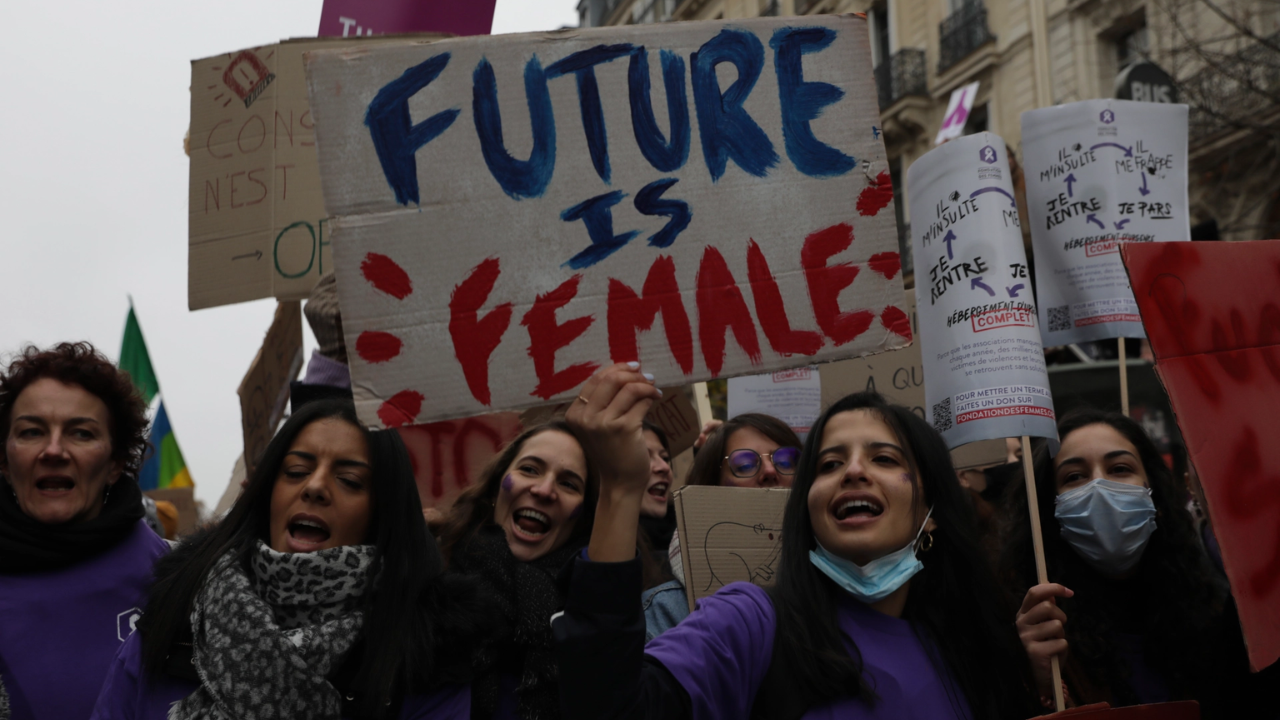Posted On January 17, 2023

From the right to vote to the right to work, the right to education and health care, the right to be free from violence and discrimination, and the right to have equal representation in politics, the issues surrounding women's rights and freedoms are complex and multifaceted.
It is essential to understand the various issues at stake in order to know how to best support the fight for gender equality. This article will discuss the issues surrounding women's rights and freedoms, and how we as a society can work together to ensure that all women can live free and equal lives.
The fight for women's rights and freedoms has a long history, stretching back to the 19th century, when the first women's rights conventions were held in the U.S. and Europe. In 1848, 19 women's rights advocates met in Seneca Falls, New York to discuss the fight for women to have the same rights as men. This meeting is now known as the Seneca Falls Convention, and it is widely regarded as being the first woman's rights convention.
The Seneca Falls Convention was followed by other conventions, and in 1889, they were brought together to form the International Women's Suffrage Alliance, the first global women's rights organization.
The fight for women's rights and freedoms continues today, with women around the world still fighting for equal representation in politics, to be able to work and study, to be free from violence, and to have the right to reproductive health and reproductive rights. The issues surrounding women's rights and freedoms are complex, and the fight for gender equality will likely go on for several more decades.
The right to vote has been a contentious issue throughout the fight for women's rights and freedoms. Some women and societies fought for the right to vote earlier than others; for example, New Zealand was the first country to allow women to vote, in 1893. Many developed countries have extended voting rights to women within the last 100 years, meaning that the U.S. is one of the last developed countries to grant this right to women.
The fight for women's voting rights began in the late 19th century, when activists like Rebecca Latimer Felton called for voting rights for women. Despite their efforts, most developed countries didn't grant women voting rights until the 20th century.
In the U.S., women were granted voting rights by the 19th Amendment to the Constitution, which was ratified in 1920. However, the right to vote is not the only voting issue that affects women, and there are many voting issues that women's right activists continue to fight for today.

The right to work is a contentious issue that women's rights activists have been fighting for over the past century. Women have been working outside of the home for centuries, but they often had few rights or protections as employees. Early 20th century women's rights activists like Eugenia Burns and Rose Schneiderman fought for workplace equality for women, including the right to fair pay, child care, and the right to work in high-risk jobs.
While there have been many gains in workplace equality for women, there are still issues surrounding the right to work that remain unresolved. Women continue to be underrepresented in certain fields and professions, particularly in STEM fields.
Despite women comprising nearly half of all undergraduates, they account for only 29% of computer science majors. Women are also underrepresented in business leadership positions, composing only 9% of executive officers at Fortune 500 companies, and continue to earn less than men on average.
The fight for women's rights and freedoms extends beyond the right to vote. Women also have the right to education, as women's education levels worldwide are lower than men's. Women have been fighting for equal education since the 19th century; for example, the first girls' school in Asia was established in 1901.
Education is linked to economic opportunity, and it is crucial that women have the same opportunity as men to earn a decent wage and improve their standard of living. In addition to the right to education, women also have the right to health care.
However, women often face structural barriers to education and health care, such as lack of access to child care and transportation, as well as overt discrimination in health care, including differential treatment based on gender. The fight for equal education and health care is ongoing, and there is still much progress to be made in these areas.
The fight for women's rights and freedoms extends beyond voting and education. Women also have the right to be free from violence and discrimination. There are many issues surrounding violence against women, including domestic violence against women, sexual violence against women, and violence perpetrated by the state or other organizations.
One issue that continues to be a pressing issue is sexual violence against women and girls. Around the world, sexual violence remains one of the most significant human rights challenges. There are many issues surrounding sexual violence against women, including the fact that most incidents are not reported.
Around 90% of rapes and sexual assaults are never reported to the police, and only 1 out of every 10 cases of sexual violence against women and girls results in a conviction, according to the United Nations (UN). In addition to sexual violence, women also face discrimination in the workplace, in education, and in health care.
The fight for women's rights and freedoms extends beyond education, health care, and the right to be free from violence and discrimination. Women also have the right to equal representation in politics.
Women have slowly been making progress in representation in politics, but women continue to face obstacles and challenges in this area. Although there have been female heads of state in many countries, including India and Sri Lanka, the U.S. is one of the very few countries where women have not yet held the highest office in the country.
There have been many attempts to elect female candidates since the country's inception, but only two women have ever held elected office in the U.S. (16 out of 100 senators and 84 out of 435 representatives are currently women). There are many reasons why women have been unable to break through the glass ceiling in politics, including gender discrimination, access to money and resources, and social norms and expectations.
© 2023 hoomankhalili.com | All Rights Reserved